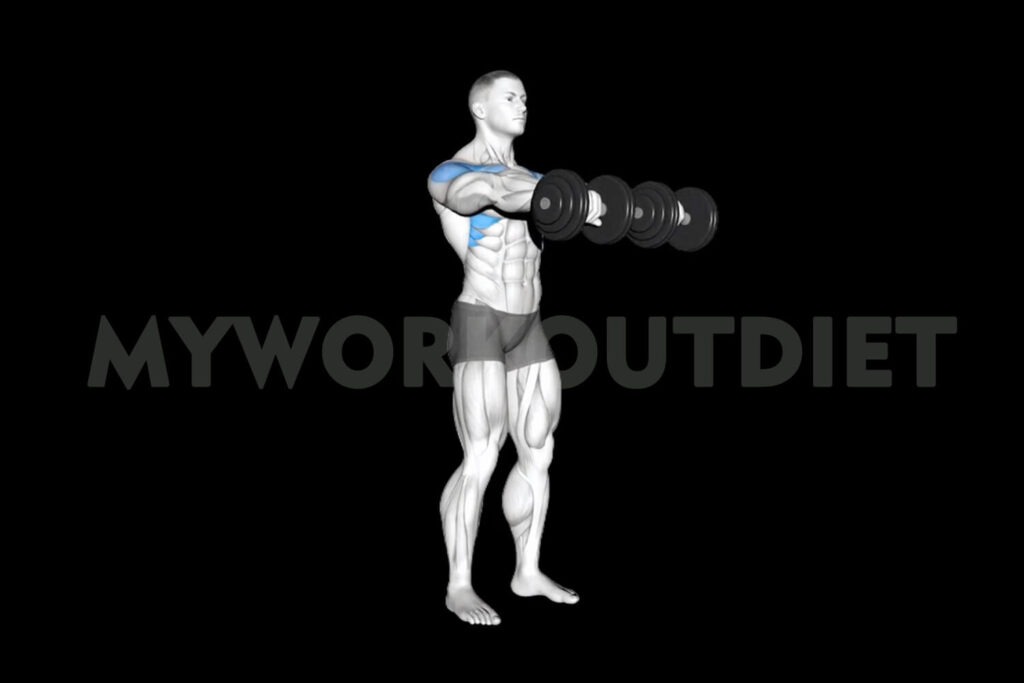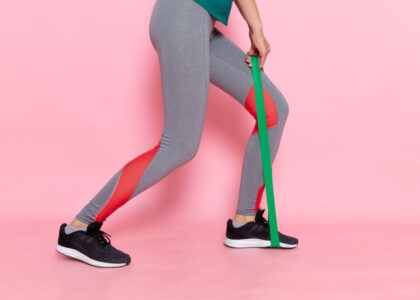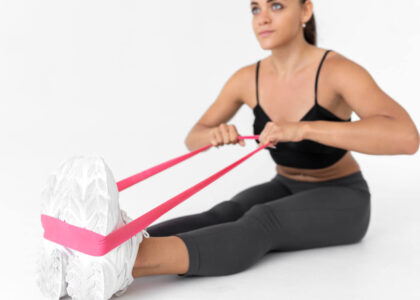Sit-Ups | Weight-Loss | Deadlift | Cardio | Hamstrings | Chest
Standing dumbbell front raises are strength training exercises that target the anterior deltoid muscles, which are at the front of your shoulders. This exercise promotes shoulder strength, improves posture, and enhances upper body muscular development. You can perform this exercise with a pair of dumbbells or a single dumbbell held in both hands.
How to do standing dumbbell front raises :

- Hold a dumbbell in each hand, holding them overhand with palms facing your body, while standing shoulder-width apart.
- Engage your core and keep your back straight as you raise the dumbbells straight up until they reach your shoulders.
- Be careful not to swing the weights or use momentum; raise them with controlled movements.
- Pause briefly at the top of the movement and squeeze your shoulders.
- Maintain control of the movements while slowly lowering the dumbbells back to the starting position.
- Repetition for the desired number of times.
Here are some tips :
- When doing standing dumbbell front raises, be sure not to arch your back or lean backward.
- Be sure to keep your movements controlled and to avoid swinging the weights.
- It’s important to breathe properly during the lifting and lowering phases. Exhale when lifting and inhale when lowering.
- If you are weak, start with a lighter weight and gradually increase it.
What muscles do front raises work ?
These muscles are primarily worked by the standing dumbbell front raise:
- Anterior Deltoids: This is the muscle group targeted by the front raise exercise. It is the anterior deltoids, located at the front of the shoulders, that are responsible for shoulder flexion and abduction.
- Lateral Deltoids: In addition to the lateral deltoids, there are also lateral deltoids located on the outer side of the shoulders that contribute to movement, especially once the arms reach shoulder height.
- Trapezius: During the movement, the upper trapezius muscles, located at the base of the neck and upper back, stabilize the shoulder girdle.
- Serratus Anterior: Muscles that stabilize the shoulder blades and help move them are the Serratus Anterior and Serratus Medial.
Front raises focus primarily on the anterior deltoids, although they also engage other supporting muscles in the shoulders, upper back, and core. To maximize the effectiveness of the exercise and ensure the targeted muscles are properly worked, it is crucial to use proper form and control during the exercise.
Are front raises necessary ?
A well-rounded strength training regimen cannot be complete without front raises, particularly if you have specific goals related to shoulder development and strength. The following are some reasons why front raises can be beneficial:
- In many individuals, the anterior (front) deltoid muscles are underdeveloped, and front raises effectively target them. Front raises help develop a well-rounded shoulder musculature and prevent muscular imbalances by incorporating them into your workout routine.
- A front raise strengthens the shoulder muscles that are responsible for shoulder flexion, improving overhead mobility and range of motion. Weightlifters, swimmers, and individuals involved in certain sports or activities that require overhead movements can benefit from this.
- Strength and balance in shoulder muscles can reduce the risk of shoulder injuries, especially for those who engage in overhead activities or sports that place significant stress on the joint.
- In daily activities that require pushing and pulling or lifting overhead, well-developed shoulder muscles are essential for functional strength.
The other option is to focus on other compound exercises that work multiple muscle groups simultaneously if you have specific goals that do not prioritize shoulder development. It is important to understand that front raises do not need to be an absolute necessity for every individual.
If you’re considering adding front raises to your workout routine, keep in mind your individual goals, preferences, and any preexisting conditions or limitations. When performing any exercise, it is essential to practice proper form and progress gradually in order to avoid injury and maximize the results.
Are front raises bad for shoulders ?
When performed correctly and with reasonable weight, front raises are considered safe and effective exercises for the shoulders. It is important to note, however, that front raises can be dangerous if carried out incorrectly or with excessive weight. Consider the following when it comes to front raises and shoulder health:
- An excessive raise of the arms can cause rotator cuff tendons to impinge on the acromion (bony protrusion on the shoulder blade). A shoulder injury is possible as a result of this.
- When you use excessive weight during front raises, you can place unnecessary strain on your shoulder joint and surrounding muscles.
- As front raises require a certain degree of mobility, people with limited shoulder mobility or pre-existing shoulder issues may find the exercise challenging or uncomfortable.
- When we use poor form, we are more likely to suffer from shoulder strain and impingement. This can be caused by arching our back, leaning backward, or using momentum rather than controlled movements.
The front raises can, however, be an effective exercise for strengthening the shoulder muscles as long as they are performed with proper form, reasonable weight, and within a comfortable range of motion. The following tips will help mitigate potential problems:
- Make sure the load is manageable and avoid overloading.
- Don’t lift your arms higher than your shoulders. Only raise them parallel to the floor.
- Be sure to maintain good posture and avoid leaning backward or arching your back.
- Avoid jerky movements and momentum-based movements.
- You should stop if you experience pain or discomfort in your body.
You should always consult a qualified healthcare professional or physical therapist before beginning any new exercise regimen, especially if you have pre-existing shoulder issues.







